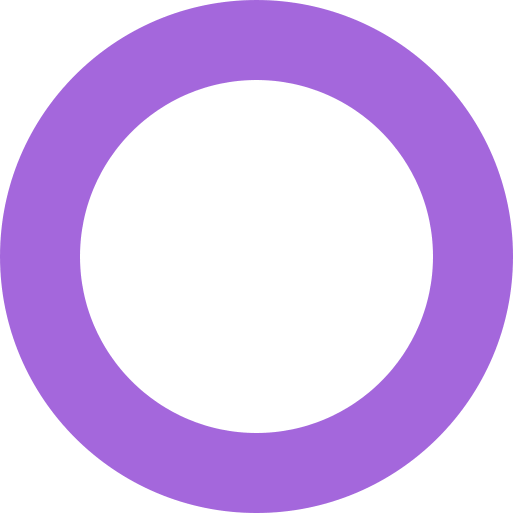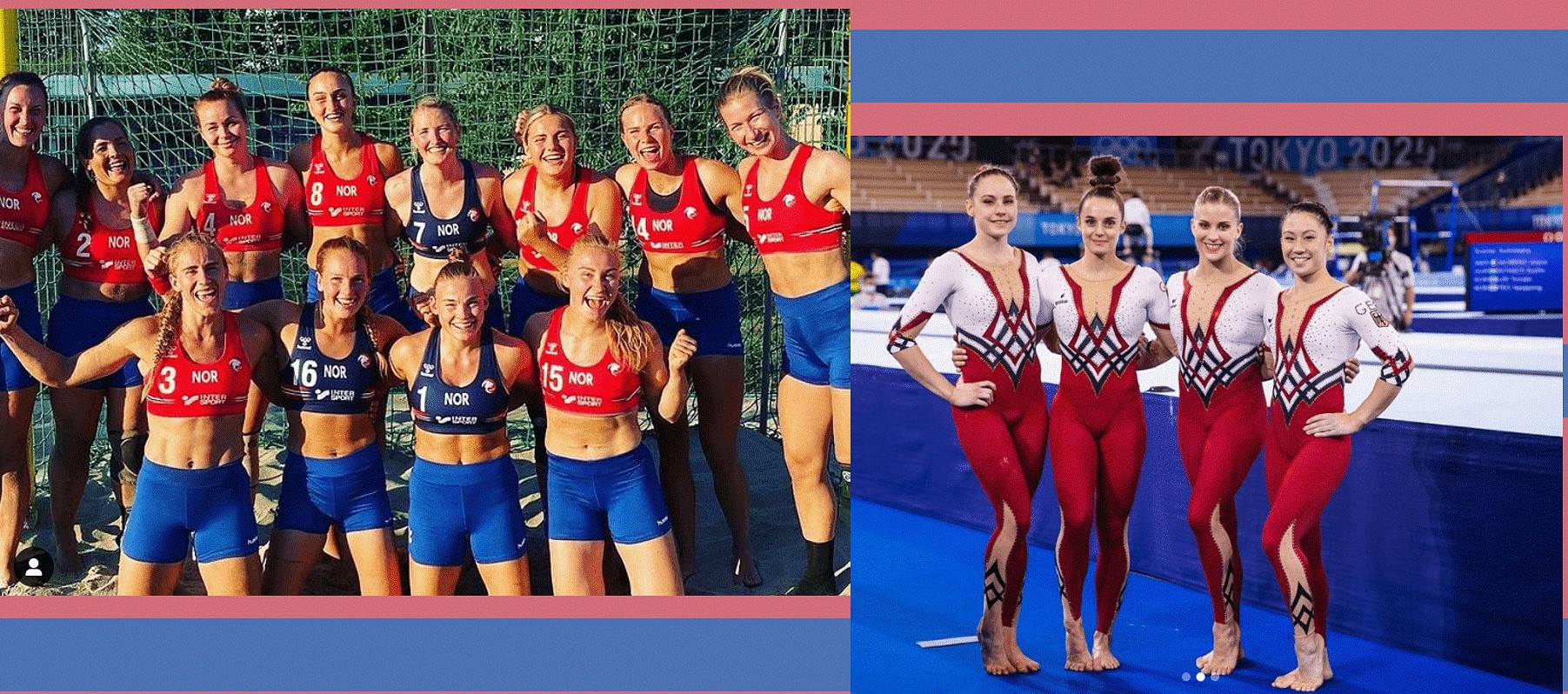Ahead of the opening ceremony the Tokyo 2020 Olympics were declared to be a “landmark in gender equality” and the “first gender-balanced games in history”.
According to the stats the Tokyo Games did feature the most female athletes at any other Olympics so far, with 48.8% of competitors being women. This was an improvement compared to the 45% female competitors at the 2016 Rio Games and 44.2% at London 2012. The Tokyo Paralympics trail behind these numbers with 40.5% female athletes taking part, these numbers are again is an improvement on the Rio Paralympics where only 38.6% of athletes were women.
Aside from increasing the opportunity for women to compete at the Olympics, the Tokyo Olympic and Paralympic Games were still lacking gender equality and proved that more needs to be done to eliminate gender discrimination in sport.
One examples of gender discrimination and misogyny in sport was the fine imposed on the Norwegian beach handball team for wearing shorts instead of the typical bikini uniform. This sparked a global conversation about the sexualisation of female athletes, but what changed? To add their voices to the fight against sexualisation in gymnastics, the German gymnastics team wore full-body unitards instead of the usual high-cut leotards.
In stark contrast to how women’s bodies are policed in sport, Olivia Breen was recently told by the International Paralympic Committee that her competition briefs were “too short and inappropriate”. Breen responded that “Women should not be made to feel self-conscious about what they are wearing when competing but should feel comfortable and at ease.” Even the hairstyles worn by female competitors came under scrutiny with the short haircut of South Korean archer An San, who won two gold medals at the Tokyo Olympics, attracting anti-feminist sentiment.
Gender discrimination at the Olympics and Paralympics went deeper than uniforms and hairstyles. This year postpartum and breast feeding women had to fight for their right to participate in the Games and bring their breastfed children.
The IOC (International Olympic Committee) had barred families from the Olympic Village. It only relented when stars such as Canadian basketballer Kim Gaucher took to social media to complain that she was being forced to choose between “being a breastfeeding mum or an Olympic athlete”.
This year we also saw the Olympics become an unsafe space for women: an intricate plan involving separate planes and accommodations was constructed to allow a member of the U.S. fencing team, accused of sexual impropriety against other athletes, to participate in Tokyo. The 29-year-old was initially suspended from international play as a result, but was permitted to compete in the Olympic Games after he appealed the initial decision. In a show of support for sexual abuse survivors, the other members of the male fencing team wore pink facemasks at their opening match. A good example of men taking a stand as allies.
Discrimination and inequality was not only evident in the sporting events themselves but also in the governing body of the games, the IOC. Prior to the games taking place Tokyo 2020 President Yoshiro Mori was forced to resign after stating "If we increase the number of female board members, we have to make sure their speaking time is restricted somewhat, they have difficulty finishing, which is annoying." In addition to this Tokyo’s creative director, Hiroshi Sasaki, (who had charge of the opening and closing ceremonies) also resigned in March for suggesting a female performer could be an “Olympig”.
Only a third of the IOC’s executive board are women, while the number is even lower for other Olympic and Paralympic sports bodies. Research Piggott conducted with Matthews of the University of Chichester found that women make up just 22 percent of executive boards in international sporting organisations and only seven percent hold president or chair roles. Meanwhile, only 10 percent of accredited coaches at the Summer and Winter Olympics over the past decade have been women.Sport is one of the most powerful platforms for promoting gender equality and empowering women and girls. But as stated by Piggott “In terms of equal gender representation for athletes at the Olympics, there’s been huge progress made,” she says. “But we still have a long ways to go".
There is a lot to be hopeful about following the Toyko Olympics. The stats show that equality has come a long way since the first modern Olympics in 1896 when women were barred from taking part by the organisers who argued an Olympics with women would be “impractical, uninteresting, un-aesthetic and indecent”. Much has changed over the past 121 years but as important as statistics around representation and events are, clearly much more needs to change before the Games can truly be described as gender equal.
Yes we’ve got more women on the pitch, in governance and in the arena. But the athlete’s’ stories about their experiences are still very concerning and demonstrate that sexism is still a problem even at the self-proclaimed “most gender equal” Olympics.








